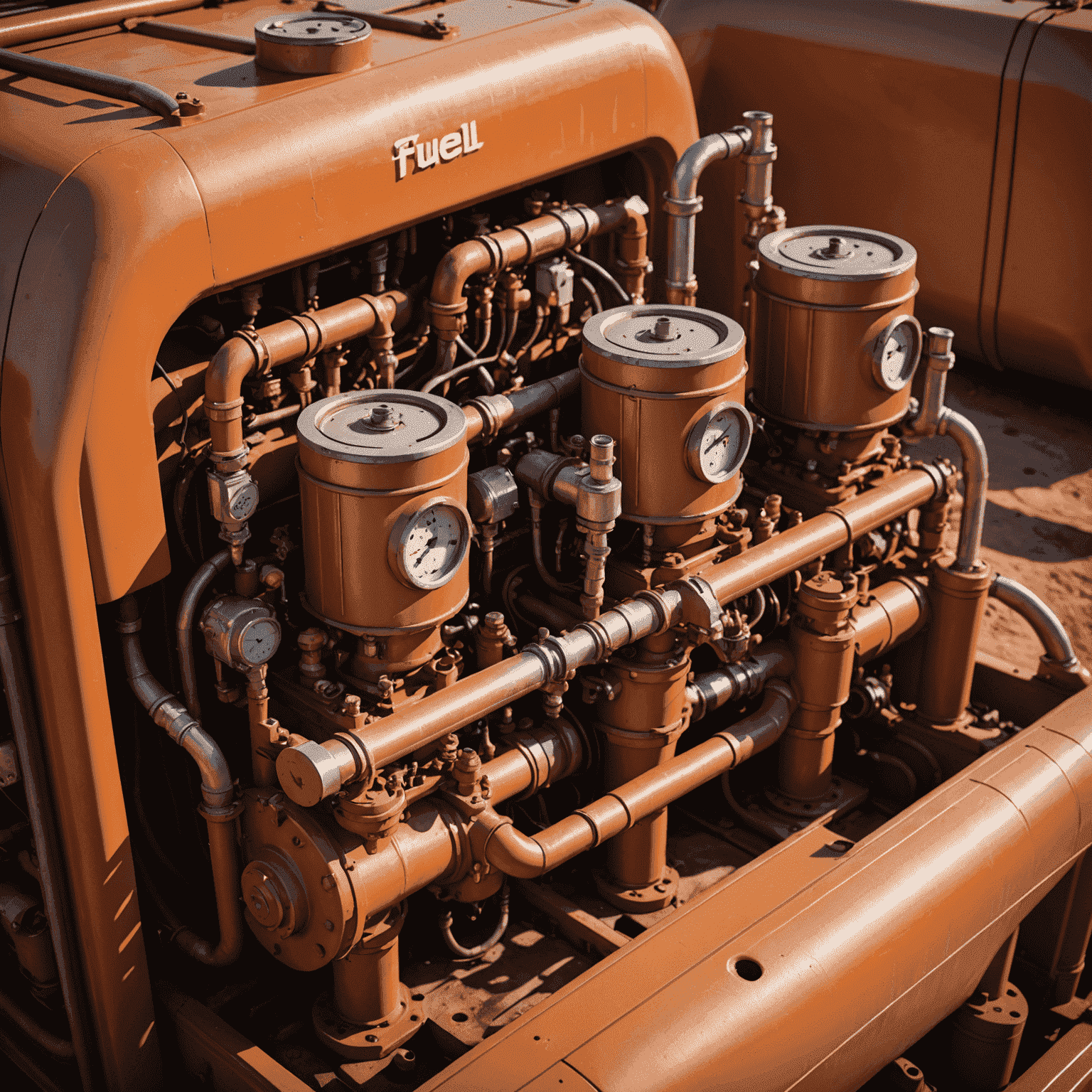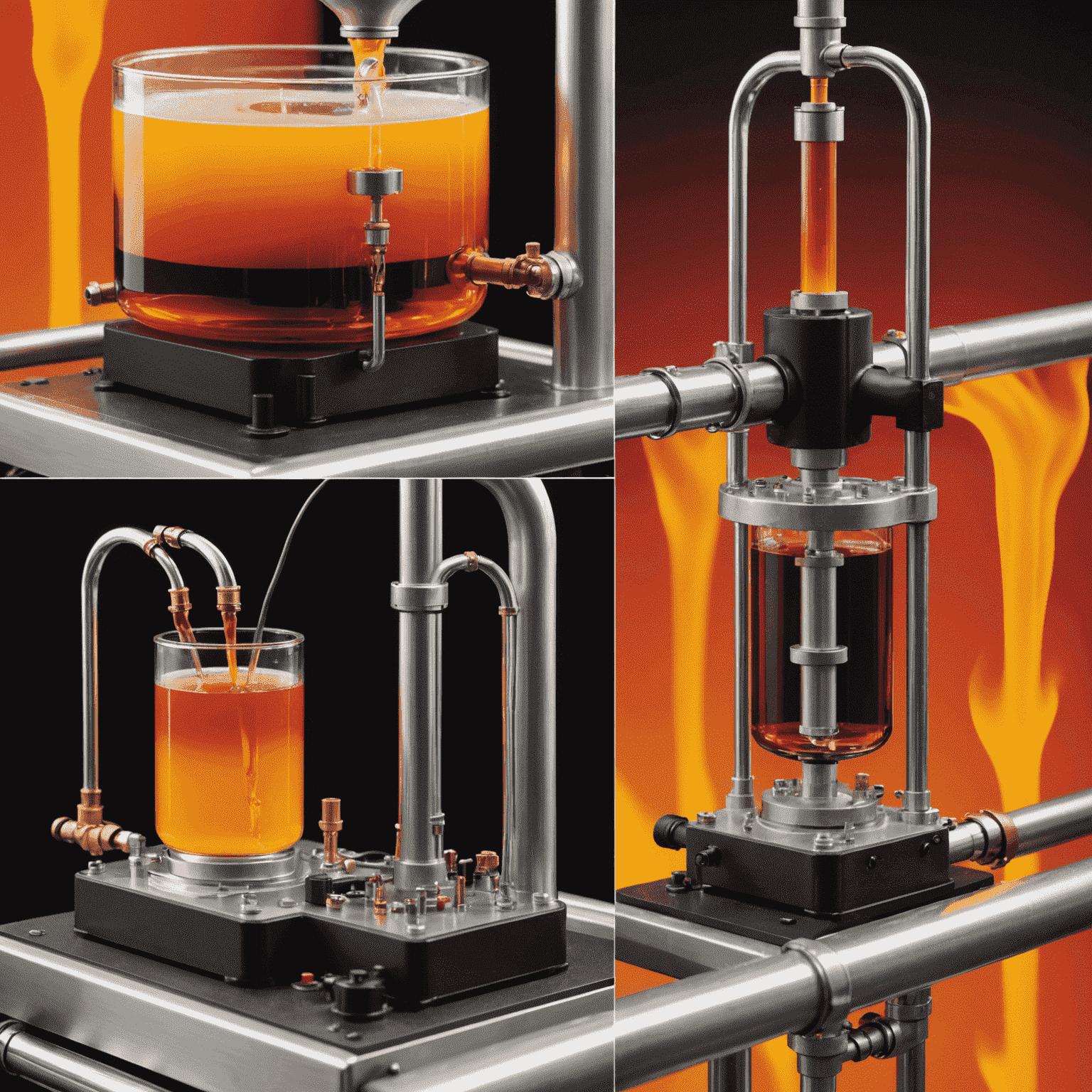Fuel System Modeling Basics

In the world of fuel system simulations, understanding the fundamentals is crucial for creating accurate and reliable models. This article introduces you to the key concepts and methodologies used in fuel system modeling, providing a solid foundation for both beginners and experienced professionals in the field.
Key Components of Fuel System Models
When creating computer or physical models of fuel systems, it's essential to consider the following components:
- Fuel tanks
- Fuel pumps
- Fuel lines and hoses
- Fuel filters
- Fuel injectors or carburetors
- Pressure regulators
- Sensors and control units
Modeling Methodologies
There are several approaches to fuel system modeling, each with its own advantages:
- Lumped Parameter Models: Simplify complex systems into discrete elements.
- Computational Fluid Dynamics (CFD): Provide detailed analysis of fluid flow within the system.
- Finite Element Analysis (FEA): Useful for studying structural aspects of fuel system components.
- Empirical Models: Based on experimental data and observations.
Key Considerations in Fuel System Modeling
When developing your fuel system simulations, keep these factors in mind:
- Fuel properties (density, viscosity, temperature dependence)
- System pressure and flow rates
- Heat transfer and thermal effects
- Material properties of components
- Environmental conditions (temperature, altitude)
- Transient behaviors during operation
Tools and Software for Fuel System Modeling
Several software packages are commonly used in the industry for creating computer models of fuel systems:
- MATLAB/Simulink
- GT-SUITE
- ANSYS Fluent
- Ricardo WAVE
- AVL BOOST
Validation and Verification
To ensure the accuracy of your fuel system models:
- Compare simulation results with experimental data
- Perform sensitivity analyses to understand model limitations
- Conduct peer reviews of your modeling approach
- Iterate and refine your models based on real-world performance

Conclusion
Mastering the basics of fuel system modeling is essential for creating accurate simulations. By understanding the key components, methodologies, and considerations outlined in this article, you'll be well-equipped to develop sophisticated models that can drive innovation in fuel system design and optimization.
Remember, the field of fuel system simulations is constantly evolving. Stay updated with the latest research and technologies to ensure your models remain at the cutting edge of the industry.